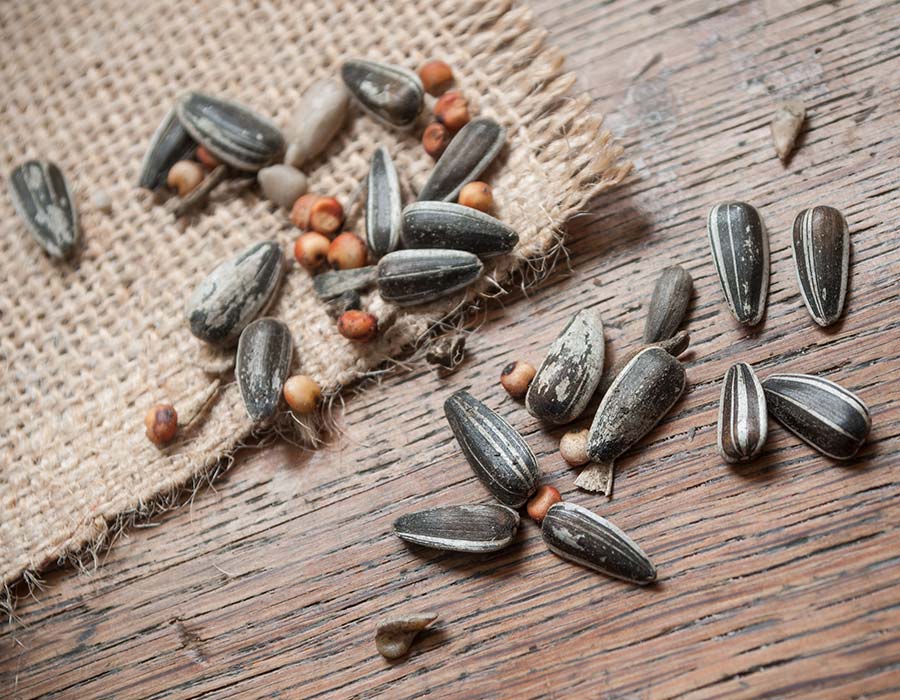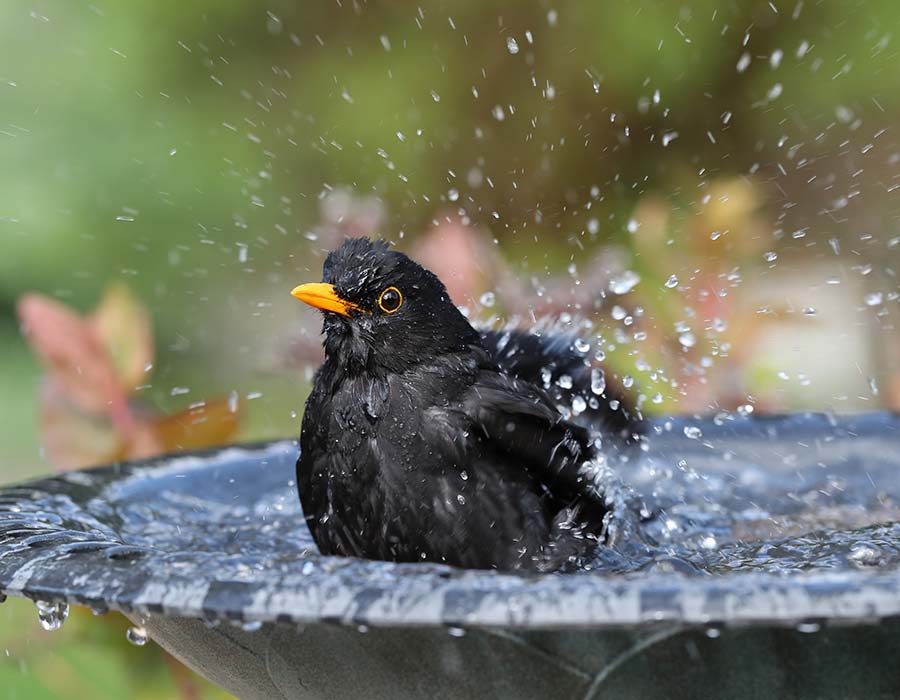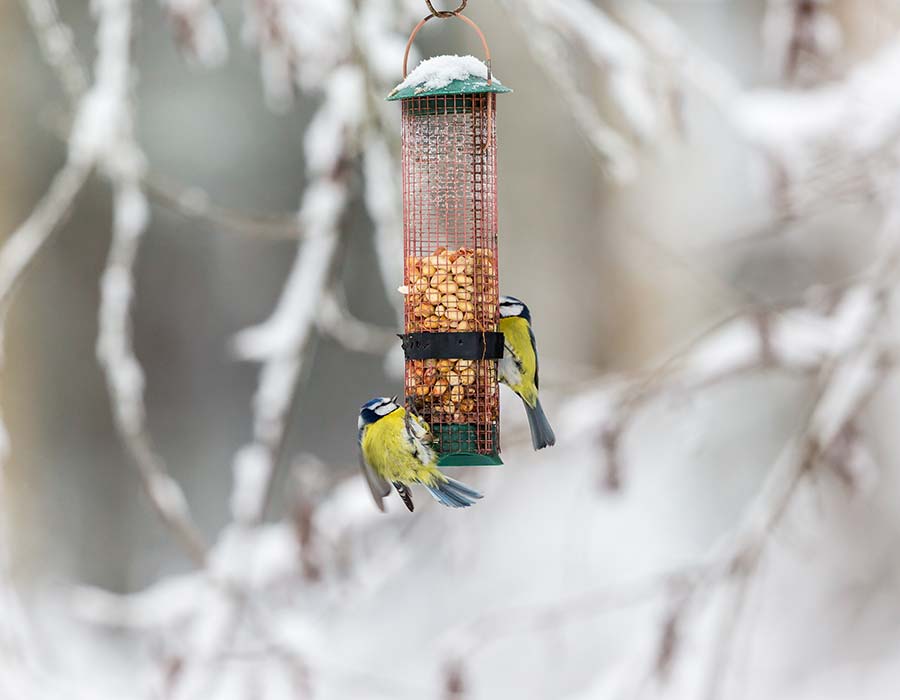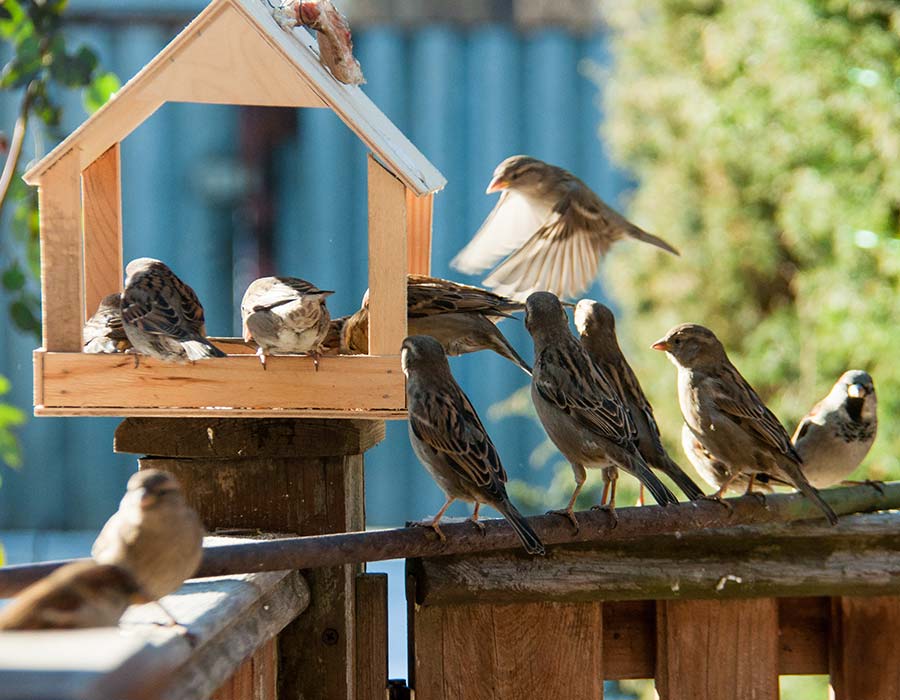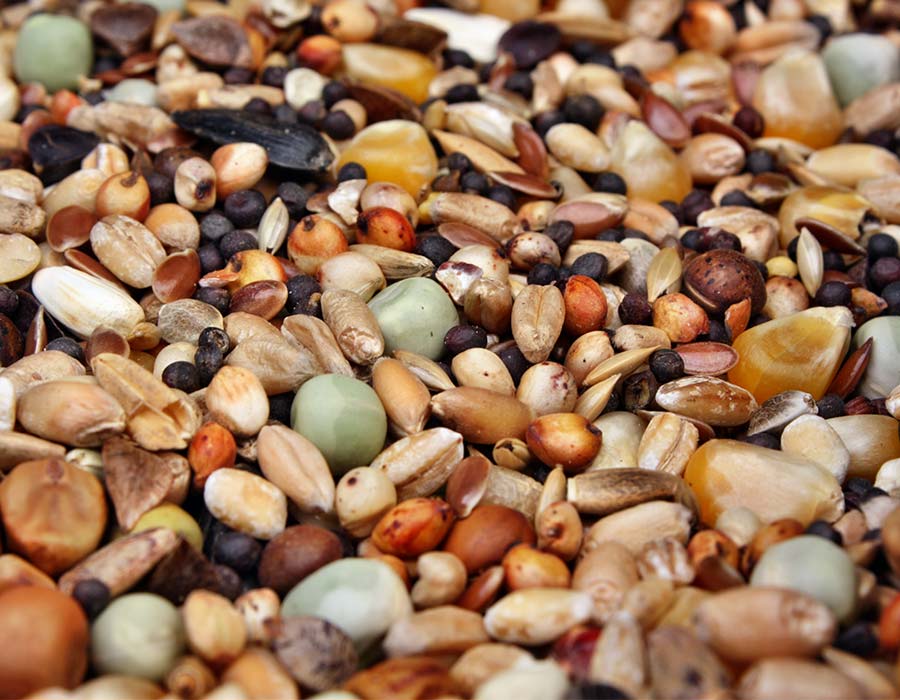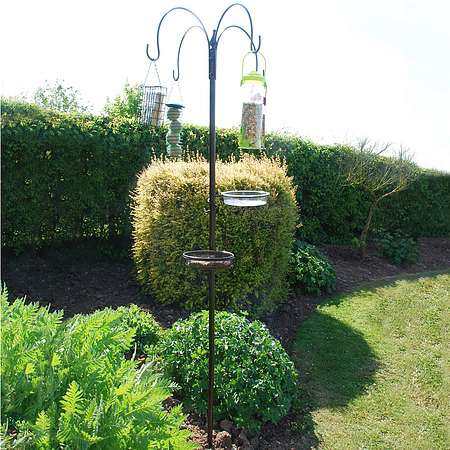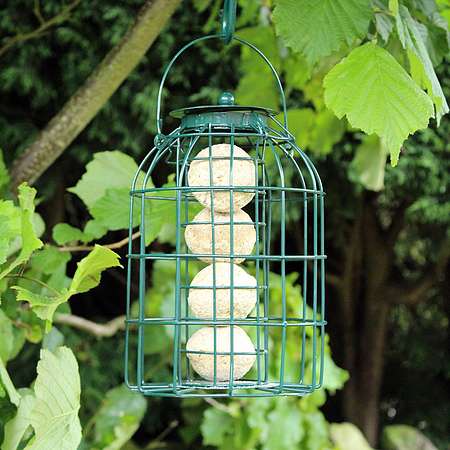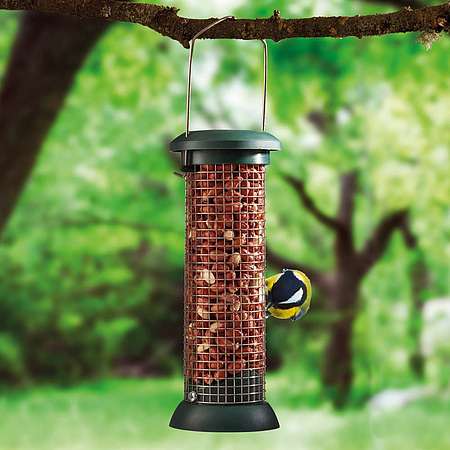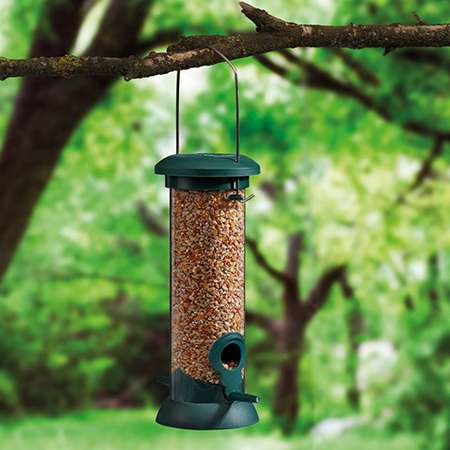Best bird feeders: explained
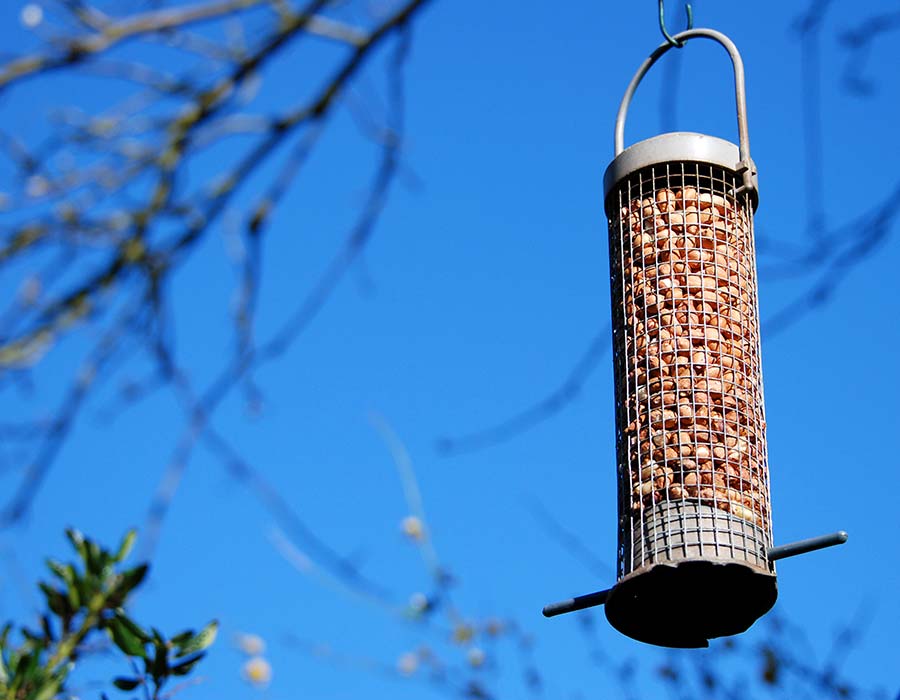
You wouldn’t serve a roast dinner straight on the table, so neither should you serve the birds in your garden straight off the floor or other such surface. Using a bird feeder allows you to better monitor what the birds in your garden are eating, and also makes it far easier to watch them do their thing. But just what are the best feeders to use?
Seed feeders
Seeds are a wonderful source of vitamins, and contain many high energy oils too. So get a bird seed feeder in your garden, and in no time at all there’ll be birds of all shapes and sizes fluttering their way to your garden, chomping at the beak for a nutritious nibble. The variety of species that seeds bring is a brilliant thing, so use a variety of seeds if you can.
But what does a seed feeder look like? Of course there many designs, but in general, a bird seed feeder is a clear tube with anywhere between two and six holes, and a series of perches so birds can peck away easily. As more seed is eaten, it falls down into the lower parts of the feeder, until the birds have eaten it all, and it’s time to fill it again.
Seed feeders can be hung from all manner of places, be it a branch, a handy placed hook or off a specific bird feeder pole. Just do your best to keep them out of reach of children and squirrels, but be wary not to put them in a place that is hard to get to.
Peanut feeders
No fuss, no nonsense and for many, the number one choice. Peanuts are a fantastic source of oils and are very high in energy, which makes them ideal for small birds such as sparrows, greenfinches and bluetits.
Like a seed feeder, they are mostly cylindrical, but are made with a wire mesh. This means that your feathered beauties can’t eat whole peanuts at a time, thus cutting down on the risk of choking. As a hidden bonus of the necessity to nibble, the birds will stay perched for longer; and that means more time for you to get a good look.
Peanut feeders can vary in size and style greatly, but just like seed feeders should be hung somewhere sturdy, and ideally out of the reach of pests. What pests you ask? Well…
Squirrel proof feeders
While we love animals of all shapes and sizes, our bread and butter is birds; so when a squirrel comes to gatecrash the party, we’re not just going to sit back and watch. A squirrel proof bird feeder is a great way to fend off those furry fiends. Though they can be slightly more expensive, a squirrel proof bird feeder is a saving in the long run, as it will stop your feed being stolen, and also cut down on damage done by those very determined garden rodents.
Simple but effective: a squirrel proof bird feeder is essentially a wire cage over the familiar cylinder. This means that only beaked visitors can get to the nutritious goodies on offer.
Chances are, if you have one of these feeders, then you’ll be able to keep squirrels at bay, but there’s no point in giving them a challenge. Try and put your offering in a place where they aren't likely to come and visit.
Suet and fat ball feeders
Suet has been resigned to days gone by and saturated fat has a serious PR problem, meaning that high-fat bird friendly leftovers are few and far between. Saturated fats are an ideal source of energy and vitamins, so it’s a good thing that suet and balls exist to help out smaller birds. Robins, coal tits and myriad finches love suet and fat balls; with rarer birds such as treecreepers occasionally making use of the fatty treats too. But how do you offer these high energy bombs of fatty wonder?
Fat ball and suet feeders are cylindrical in design, and look much like a peanut feeder. However, the openings are much larger, which allows the birds to really get in and gnaw at the tasty fat. Sometimes, suet is sold in pellet form, with specific feeders available.
Larger birds, such as starlings, also have a taste for the fat stuff, but can get through an entire ball in no time at all. So as to not leave the little ones short of a meal, try and place the feeder somewhere that larger birds may not be able to get to. You could also place multiple feeders around the garden, to give birds of all sizes a better chance of a nice big snack.
Other feeders
There are a lot of birds out there, and it seems to us that with each passing day, a new feeder comes out too. So while we think that the above are the “go to” options, there is even more variety out there to consider.
Though for the vast majority of feeds and birds, it is best to keep the food up high, ground feeders are a good option for some birds. Dunnocks and robins for example, love a good ground feeder, and as long as you follow the same precautions for other feeders, you can’t go far wrong. Ground feeders come in all shapes and sizes, with some offering a feeding service station, all down at ground level.
Mealworm feeders also vary greatly in style and shape, but the most common one to look out for is a simple tray with a dome like roof. This means you can easily present the worms, without them getting wet when the rain comes.
Whatever feeder you choose, it’s always good to read the instructions, and if you aren’t sure, contact the supplier for help.
Happy tip
With all those different birds coming in for a meal, disease can spread fast. So do your best to keep these feeders clean and be wary of moisture buildup, which can lead to clumping, and in turn bacteria growth. Luckily for you, we here at Happy Beaks have got a handy guide on bird hygiene.

